2021-05-25
Article by Lee Shan Wei/photo by Jimmy Lin/tr. by Phil Newell
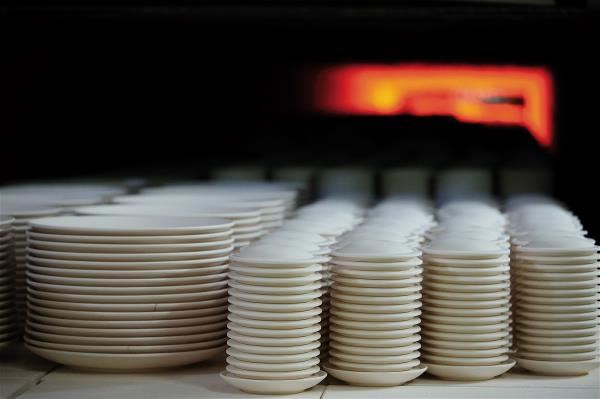
A molded piece of black clay, fired at high temperatures, is transformed into translucent porcelain, amazing the world. When it started, Tatung’s every step represented a breakthrough for chinaware manufacture in Taiwan. In 1963 Tatung Chinaware produced Taiwan’s first domestically made porcelain products, and in 1985 it became the first enterprise in this line of business to acquire the right to use the CNS mark. Tatung’s chinaware is the pride of Taiwan.
Tatung Chinaware, which has been part of many people’s daily lives for 60 years, has evolved with the times. Besides pursuing full automation, the company has diversified and expanded into the construction materials business, helping to ensure the safety of citizens’ walking spaces with ceramic granite tiles.
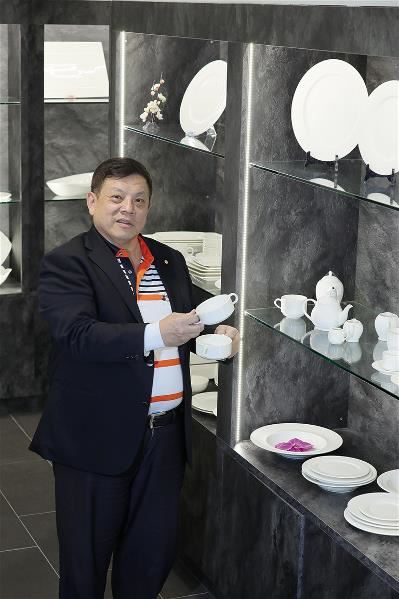
Fine china for fine dining
Exquisite tableware is the best accompaniment to fine dining. For the last 60 years, Tatung chinaware has had an important place on dining tables.
The company’s history can be traced back to the early years following the handover of Taiwan to ROC rule at the end of World War II. Before the founding of Tatung Chinaware, Taiwan lacked refined porcelain products. This was due to a lack of the necessary technology and raw materials. At a family gathering, founding chairman Liao Changgeng put forward the idea of raising capital and setting up a porcelain factory.
The factory at Zhuwei, in New Taipei City’s Tamsui District, is where Tatung Chinaware got its start. “At that time we obtained technical guidance from Japan for only one NT dollar,” says Peter Liao, the second-generation heir to the company. By happenstance, there were ties of friendship with the Japanese ceramics manufacturer Sango (now part of the Seiko Epson group), who assisted in constructing the factory.
After importing Taiwan’s first tunnel-type biscuit kiln, reduction firing kiln, and decorating lehr in 1960, Tatung created the first fully integrated modern chinaware factory in Taiwan, and began mass production of high-quality porcelain, marking a major milestone in the development of Taiwan’s ceramics industry.
With technical assistance from the Japanese, Tatung imported clay and kaolinite from the UK, New Zealand, and Hong Kong, as well as china stone, silica sand, and feldspar from Japan and Korea. On August 10, 1963 they produced the first fully vitreous ceramic product made in Taiwan. “Based on what I’ve heard from the older generation, that was really a euphoric time. Dealers came cash in hand to the factory to compete to purchase our products,” says Liao with a smile.
In 1966 Tatung built a second factory in Xiangshan Township, Hsinchu County (now a district of Hsinchu City). “This was done in order to access the rich supply of natural gas in the area,” explains Liao. Ten years later, they built their third factory in the county’s Xinpu Township. “That was a period of rapid growth for Tatung Chinaware.” Total factory floor area more than doubled, from 25,000 to 53,000 square meters. “In February 1985 the company was granted the right to use the CNS mark on ceramic tableware for daily use, becoming the first firm in this line of business to do so.” In that glorious era, Tatung Chinaware became a trusted brand among Taiwanese citizens, and it was popular as a gift item or a prize in raffles. The festive, auspicious designs and colors on Tatung’s “Wanshou” (“Long Life”) series symbolized wealth and prosperity, and these were often the most sought-after collectibles for occasions such as weddings and housewarmings.
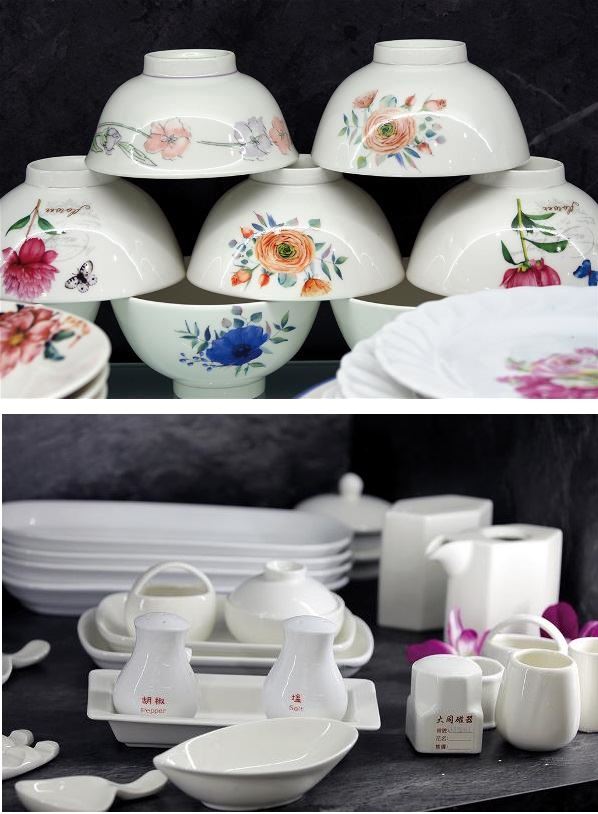
Improvement is the key to success
It was also Tatung that made the technological breakthrough that enabled the manufacture of Taiwan’s first strengthened porcelain. “What people most worry about with delicate chinaware is chipping or breaking it.” In order to meet the needs of their largest client base—hotels and restaurants—Tatung worked endlessly to upgrade their products. “We improved the raw materials and formulas to make strengthened ceramics that are damage-resistant.” Tatung prides itself on this breakthrough. By combining the advantages of earthenware and porcelain, Tatung substantially increased the durability of their chinaware, enhancing its hardness and toughness even while retaining its translucent elegance. Both hospitality professionals and families can use it with peace of mind. “When we tested the strength of the products, we found they could withstand loads of more than 900 kilograms per square centimeter.”
“Tatung was also the first firm to make all-white tableware.” Noted for their glass-like translucence and their ivory-white elegance, these new products replaced colorful designs with a clean look, giving Tatung an edge over its competitors. When these items hit the market they created a sensation, and they remain popular even today.
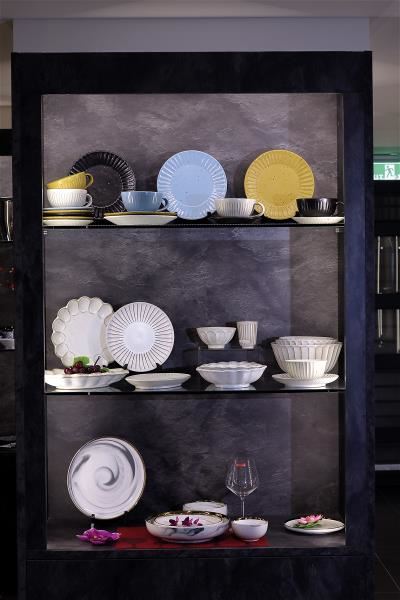
Environmentally conscious
“We also have a series decorated with refined botanical themes.” In order to overcome the problem of toxicity from heavy metals like lead and cadmium, Tatung uses the underglaze single firing technique, sealing the pigments used in the colorful designs under glaze. Not only does this make the colors more vivid, the decorations will not flake off and the product conforms to safety standards for tableware. Through constant innovation and staying in step with international trends, Tatung’s high-quality chinaware has become the pride of Taiwan.
“Modern kiln technology enables us to make all kinds of different shapes.” This means the company can produce creative tableware in unusual forms, and is no longer limited to square or circular shapes. “We can meet all the needs of both Chinese and Western cuisine.” With an imagination that transcends borders, Tatung has created special products of high added value that stand out from competitors and are often the most eye-catching objects on dining tables.
Former chairman Chiang Cheng Kuei, who devoted his life to Tatung, adopted an environmentally conscious approach, continually improving the company’s facilities in order to save energy and reduce carbon emissions. Peter Liao explains: “Kilning is a labor-intensive process that is physically exhausting and exposes workers to high temperatures.” Back in 2018, when Taiwan’s ceramics industry was shrinking, Chiang concentrated production lines in the Xinpu factory and unified the company’s marketing operations. “We reduced our workforce from more than 1300 employees to 150.” They adopted full automation to save a great deal of manpower. “We have also been continually improving the air quality at the factory site.” By reducing the amount of dust generated in the production process, they are moving away from the traditional image of the ceramics industry as being a source of pollution.
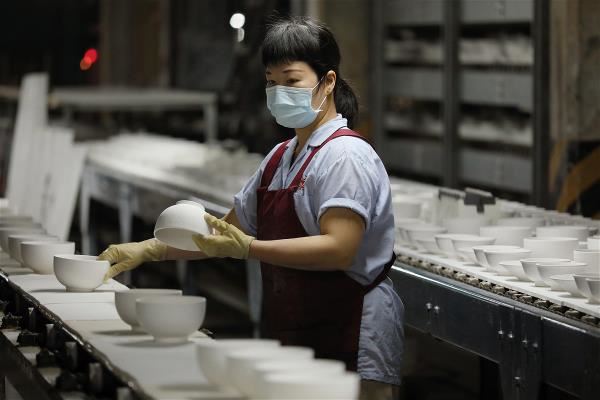
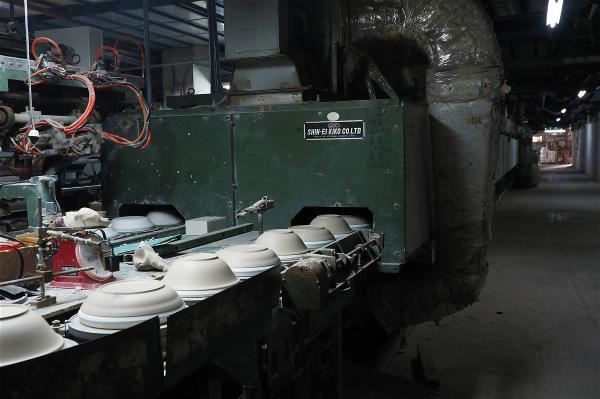
Walk safely with ceramic granite tiles
Tatung Chinaware has also crossed over into the construction materials sector, making walking safe for citizens. “The floors at airports and metro stations all use ceramic granite tiles that we manufacture.” This material, sold under the brand name “Tianshi” (“Celestial Stone”), is used to make products like floor and paving tiles, including tactile paving for guiding visually impaired pedestrians, turning Tatung into a darling of the construction industry.
Tatung imports bulk material containing natural granite as the main raw material for Tianshi tiles. They then add kaolinite and feldspar, and after shaping the material under high pressure, fire it (without glaze) at 1280 °C. This process gives the resulting products a rough surface with increased friction and a higher anti-slip coefficient, ensuring the safety of people walking over them.
“Tatung Chinaware can cater to all kinds of customer specifications. A lot of pedestrian walkways and driveways are laid out with our ceramic granite,” Peter Liao says. “It could be that the tableware you are using right now, or the tiles you are walking on, are produced by Tatung.”
The company has been successful in the construction materials business because it can adjust formulas and specifications in order to meet clients’ requirements. From tableware to construction materials, from the dining table to where we walk, Tatung products are seamlessly integrated into daily life in a way that is so routine that few people notice. Their splendor is of an unassuming but enduring kind.
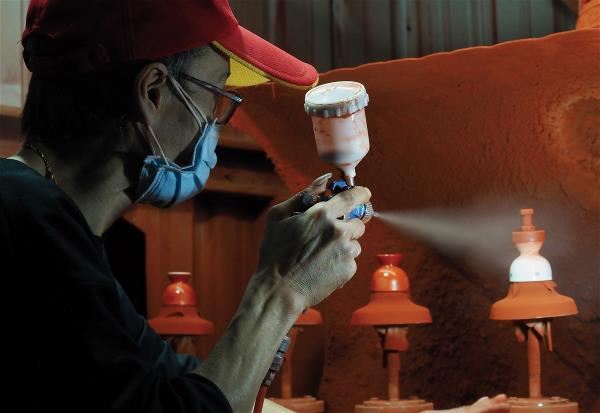
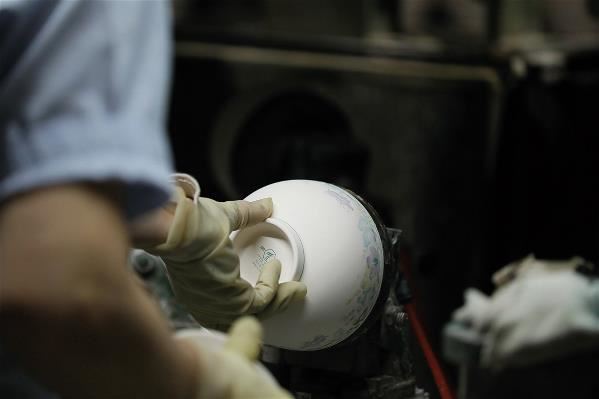
Past, present and future
“In fact, people not only use Tatung chinaware, many even collect it,” says Liao. The changes in the designs of Tatung tableware—from copying from Japan in the early days to localization and then steadily adding in classical flower and bird decorations, Western motifs, and cartoon characters—testify to changing times. If you turn over a piece of tableware to look at the bottom, you will notice that the methods used for printing the company logo (from brush-written characters and chops in the early days to screen transfer printing) mark the evolution of technology in Taiwan’s chinaware industry over the last 60 years. A certain collector has a plate that has the logos for both the Tatung Company and Tatung Chinaware, which is very rare and valuable. “In fact we have no connection whatsoever with Tatung the appliance manufacturer, but through a cobranding project that brought together the names of both companies, our firm benefited by association with the renown of Tatung appliances.”
Family members have put together funding to found the Gia-Lu Foundation, named after Peter Liao’s grandfather. Throughout the year it promotes ceramic arts, offers classes in decorative painting of chinaware, and from time to time sends staff to schools at all levels and to private enterprises to teach people about ceramic arts and train future instructors. In these ways they are making an effort to maintain the skills needed by the ceramics industry.
“We used to sell our products through dealers, but later we wanted to have direct contact with customers.” Their integrated operating model gives their clientele one-stop satisfaction. “We have transformed from simply being a manufacturer to also being in the service sector,” Peter Liao explains, adding that they have adopted the B2C (business to consumer) idea to reach out directly to purchasers.
“We moved here only recently, and things are still not yet organized.” The new operations and exhibition center has ample storage and display space. Peter Liao, after learning the business for over 20 years, has smoothly taken over as chairman, and he wants to use an entirely new operating model to move steadily forward and write a new page in the history of Tatung Chinaware.
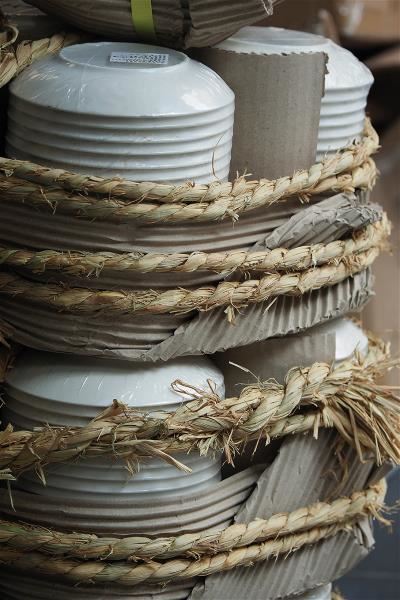
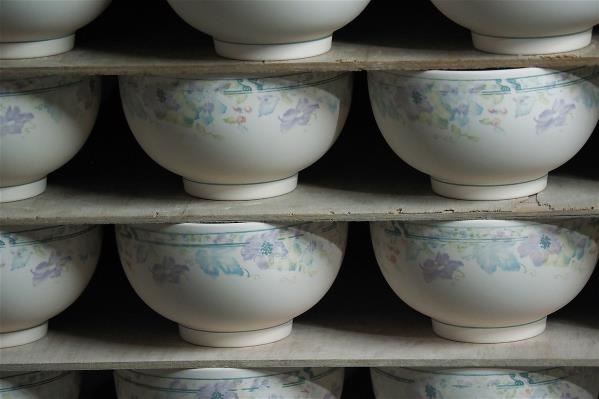
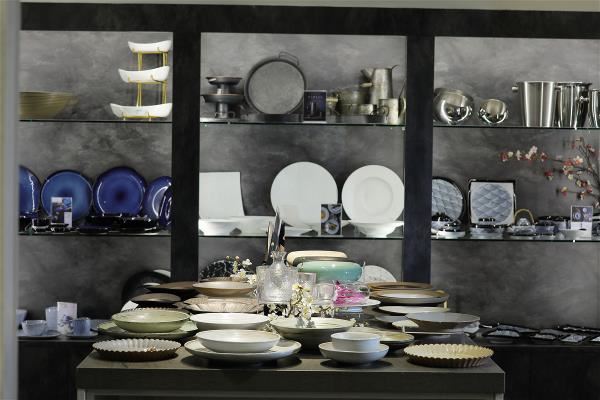
Article and photos courtesy of Taiwan Panorama May 2021





